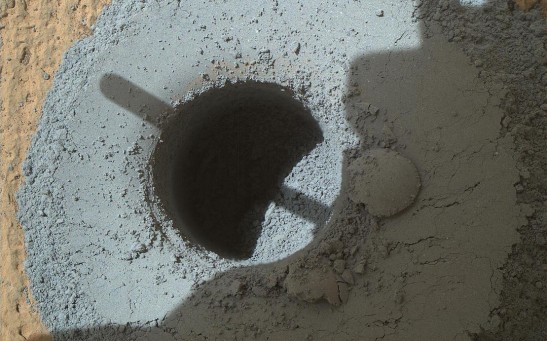Mars
Ash, Auroras or Clouds—What Could this Strange Martian Plume Be?
ESA Mars Express Orbiter Reveals Place for Caffè on Mars’ Southern Icecap

The Month of Love—When the Stars & Planets Align
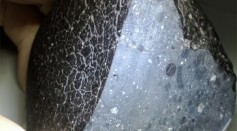
When Red Dust Settles, Only ‘Black Beauty’ Remains
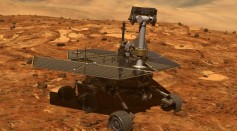
Opportunity Rover Celebrates 11 Years on Mars
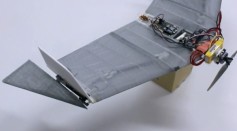
Bat-Like Bot May Soon Fly Its Way Into Space—The New Drone Frontier

Could the Skies of Mars One Day Be Filled with Drones
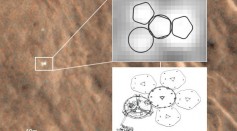
Beagle 2 Discovered Intact on Mars Surface
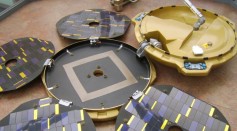
Has NASA Found The Missing Beagle on Mars?
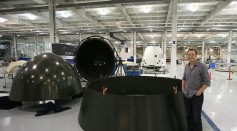
Mars One Headquarters Planned for Seattle
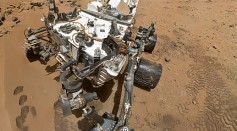
Curiosity Rover Uncovers Potential Fossils on Mars
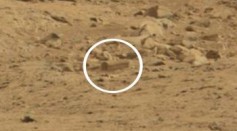
Coffin Discovery on Mars? Why Mars Rovers' Diminishing Memory May Be A Problem for NASA
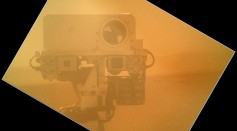
NASA's Mars Rover Seems To Be Going A Bit Senile―It Can't Remember A Thing

Orion’s Return: What Re-entry Means for the Industry of Spaceflight
Most Popular

AI Revolution in Medical Education: Transforming How Healthcare Professionals Learn

China’s Tiangong Space Station to Expand Its Capabilities With New Modules

Exploring Life Beyond Earth: Study Claims Other Planets Could Be Suitable for Alien Life

Nikolay Karpenko Biography, Photo, Career, Accomplishments

